Grain vs. Malt Whisky - What's the Difference?
Grain whisky is whisky made from any type of grain, including but not limited to wheat, rye, and corn. It differs from malt whisky in that malt whisky has to be made from malted barley only.
Now, grain whisky is cheaper than malt, but it has nothing to do with quality. Grain whisky is generally distilled in column stills, which allows the distiller a continuous production that’s less expensive than batch distillation in pot stills. That also affects the price of blends - in addition to giving them a bit more body.
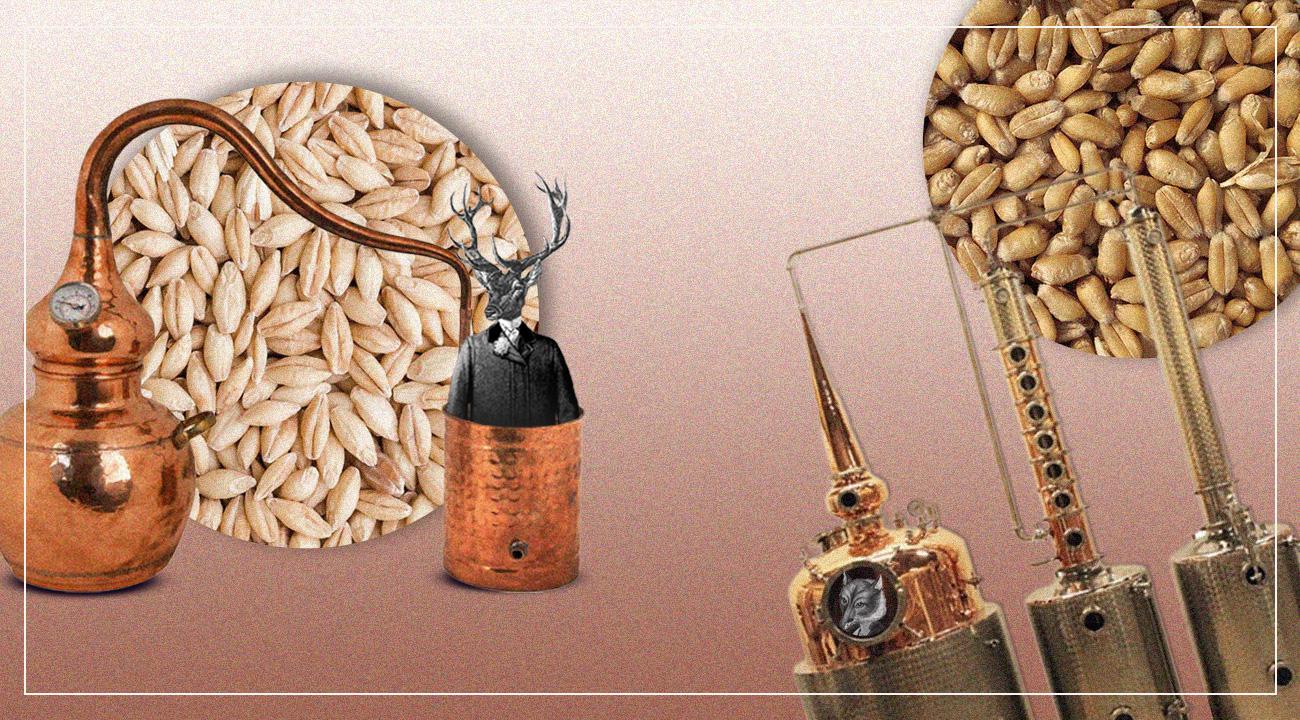
What About Single Malt and Single Grain Whisky?
A whisky that’s made by a single distillery using malted barley and pot stills is a Single Malt. If one distiller uses different types of grains and column stills, it’s a single grain whisky. Fun fact: if you make a 100% malted barley Scotch and use column stills, you also have to call it a grain whisky.
Production of Malt and Grain Whisky
The interesting paradox with grain whisky is that more of it is produced than malt whisky, but far fewer distillers make it. There are 129 active malt distilleries and the largest one, Glenfiddich, can produce 21 million liters of pure alcohol per year. Compare that to Cameronbridge, the largest grain distiller, which can produce up to 110 million liters per year. In 2020, however, the trend started to reverse: the production of grain and malt whisky in Scotland was almost identical.
Take your friend or family member on a whisky-exploration journey from the comfort of their home or gift them a Flaviar Whiskey subscription. By giving a whiskey subscription, the whiskey lover will expand their horizons through tasting and discovery of different whiskeys through quarterly deliveries of Tasting Boxes™ and full-size bottles, and experience some serious VIP treatment with the exclusive Flaviar Black membership included in their gift.

Which Countries Produce Grain Whisky?
Still, there has recently been more interest in grain whisky due to its accessible flavor profile and flexibility in cocktails. It is becoming more popular all over the world. Let’s take a look at countries that are innovating and experimenting with their grain.
Japanese Grain Whisky Takes the Lead
A lot is going on in Japan with grain whisky, and Suntory is currently producing it at the Chita Distillery. The product from here mostly goes into their Chita range.
The country is currently seeing a shortage of malt whisky, and as such, grain whisky has had to pick up some of the slack.
Suntory is experimenting with grain to see what flavor profiles they can build. They are using different casks for maturation and trying out different strengths to see what they get.
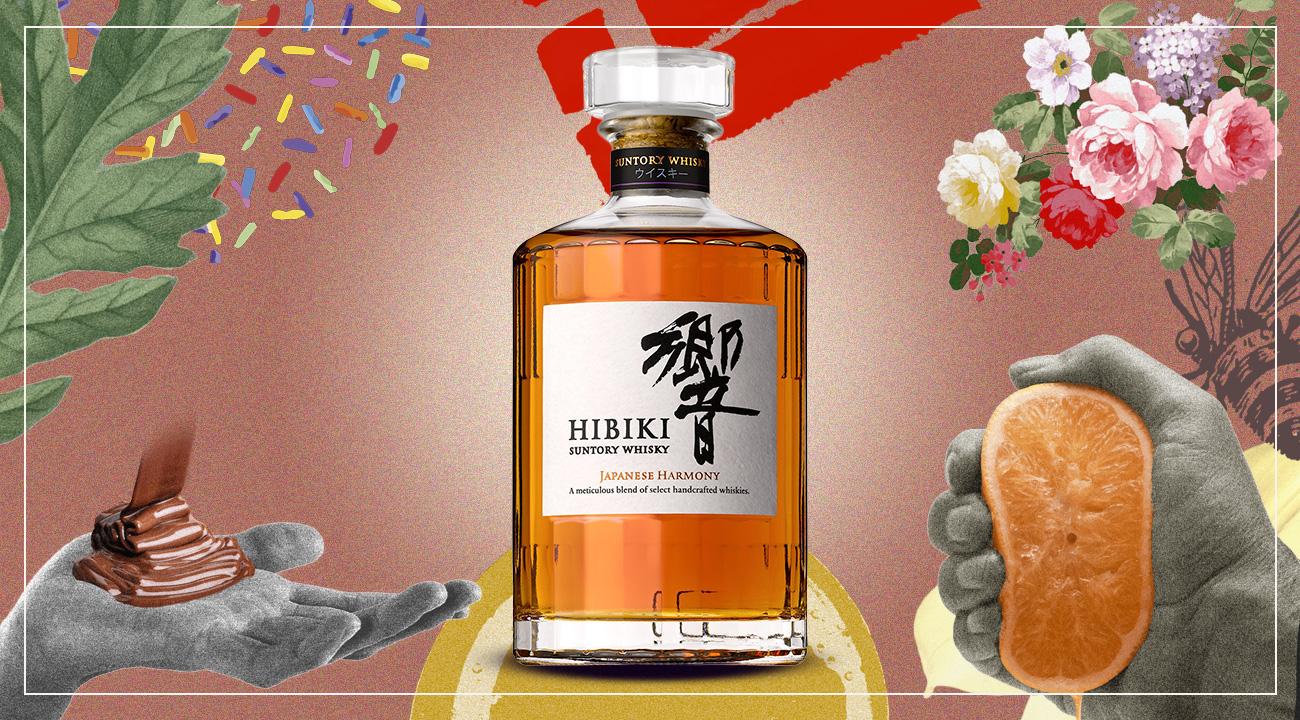
The grains they are focussing on include wheat, rye, and corn. Check out any of their recent releases, including Hibiki Harmony, to understand their beautifully balanced blends.
Japan is undoubtedly leading the trend where grain whisky is concerned, but other distilleries worldwide are closely following.
New Traditions in Scotland
Scotland has distilleries like Loch Lomond and Girvan that are paving the way for a new category of Scotch grain whisky.
These distilleries are bottling grain whisky that is of high quality and well matured and is a definite threat to Single Malt.

Loch Lomond is producing grain whisky which has won awards and is well known for its smoothness and distinct light-bodied qualities. This being the first distillery in Scotland to produce both grain and malt at the same time, it is only fitting that its grain whisky is a challenge to the malt throne.
On the Rise in Ireland
There are now several brands of grain whiskey, including Teeling, Kilbeggan and Greenore in Ireland.
To pull out more flavor from the grain whiskey, the Irish have moved in a similar manner as the Japanese. They are employing interesting aging and maturing techniques.

Greenore 8-Year-Old Single Grain Whiskey has won multiple awards. It matured in ex-bourbon barrels, proving how the right amount of time creates a fantastic dram, no matter the grain.
Get the Low-Down on Grains: What Effect Do Different Grains Have on Flavor?
Barley
Whiskies made from barley will have a sweeter flavor, with lots of caramel and brown sugar notes. Barley is most commonly found in Scotch, Irish and Japanese Whisky and gives them a light body and sweet flavor profile.
Corn
Corn is mostly used in bourbon and Tennessee whiskeys and is richly sweet. It has a syrupy taste, with white sugar and cotton candy coming through. Most bourbons are known for their sweetness, but this is usually offset with the flavors that come from the charred barrels.
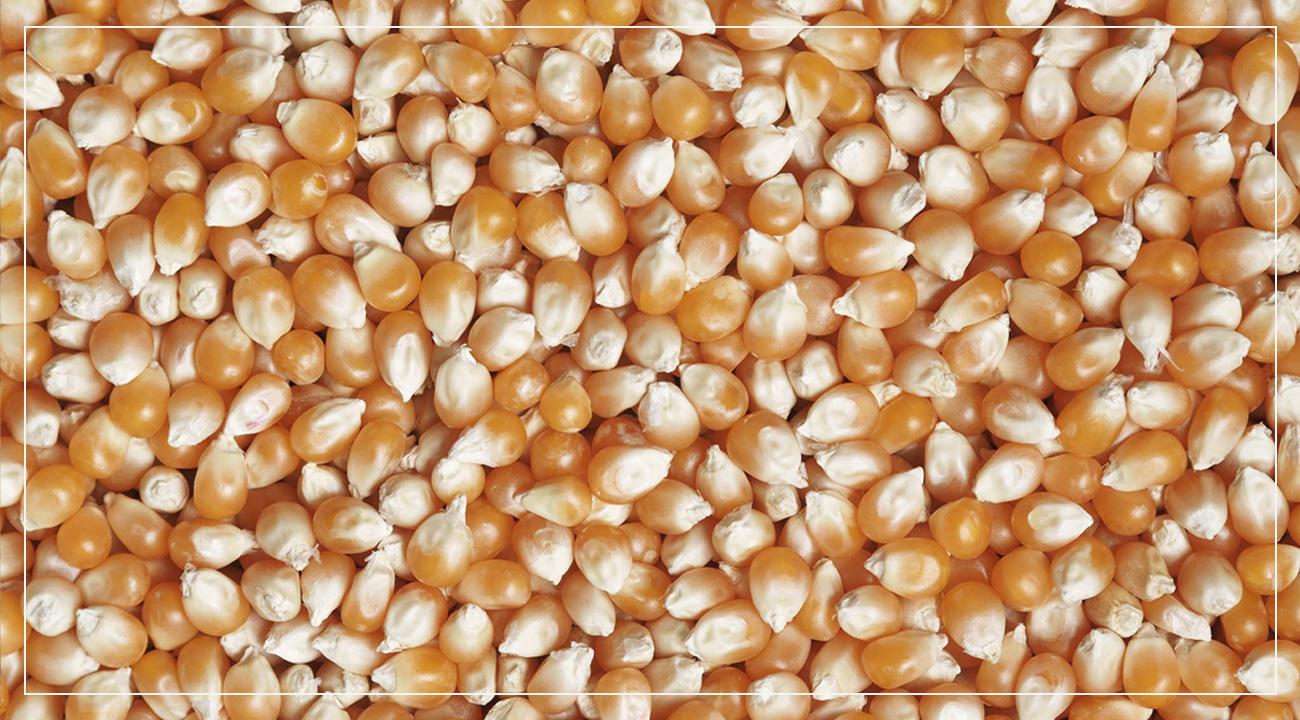
Rye
Rye gives the whiskey a spicier flavor, with some pepper and cinnamon notes. It also makes the whiskey very dry. Again, this is a whiskey that is more commonly found in America and Canada.
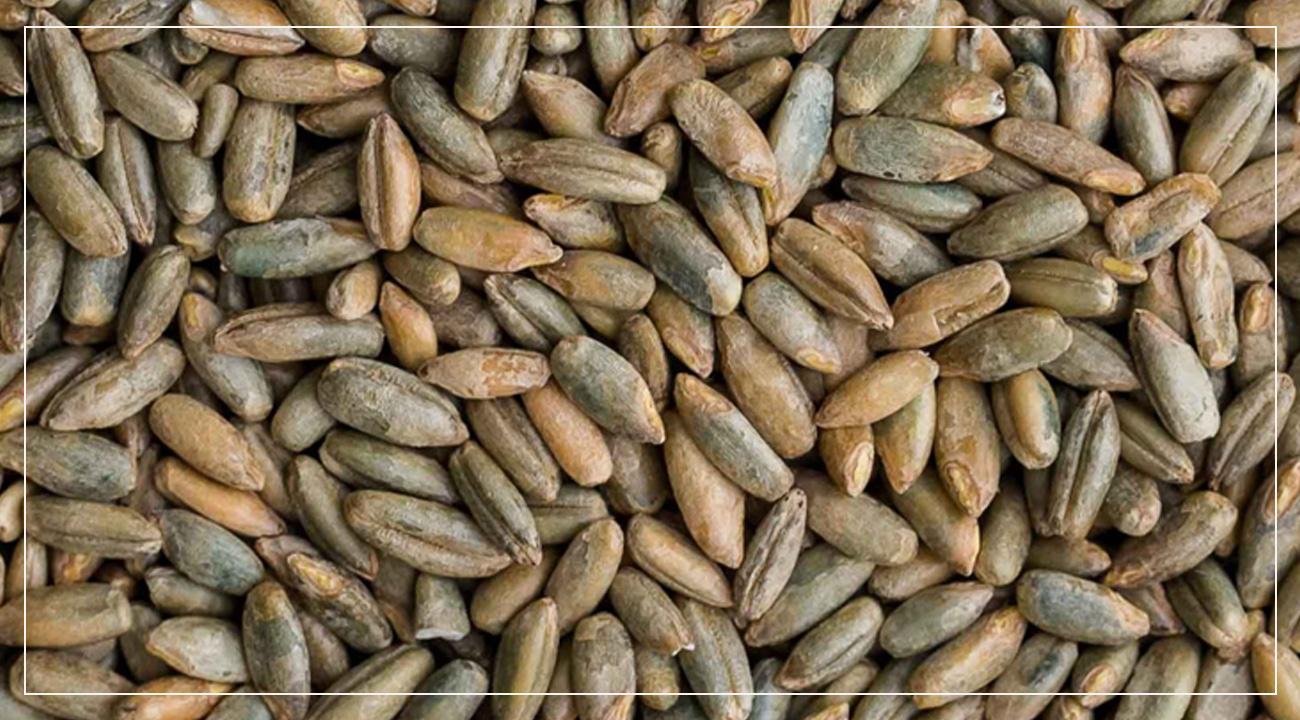
Wheat
Wheat will give a whisky more cereal notes, with lots of brown bread and malted notes. Pappy Van Winkle is famous for having wheat in the mash bill.
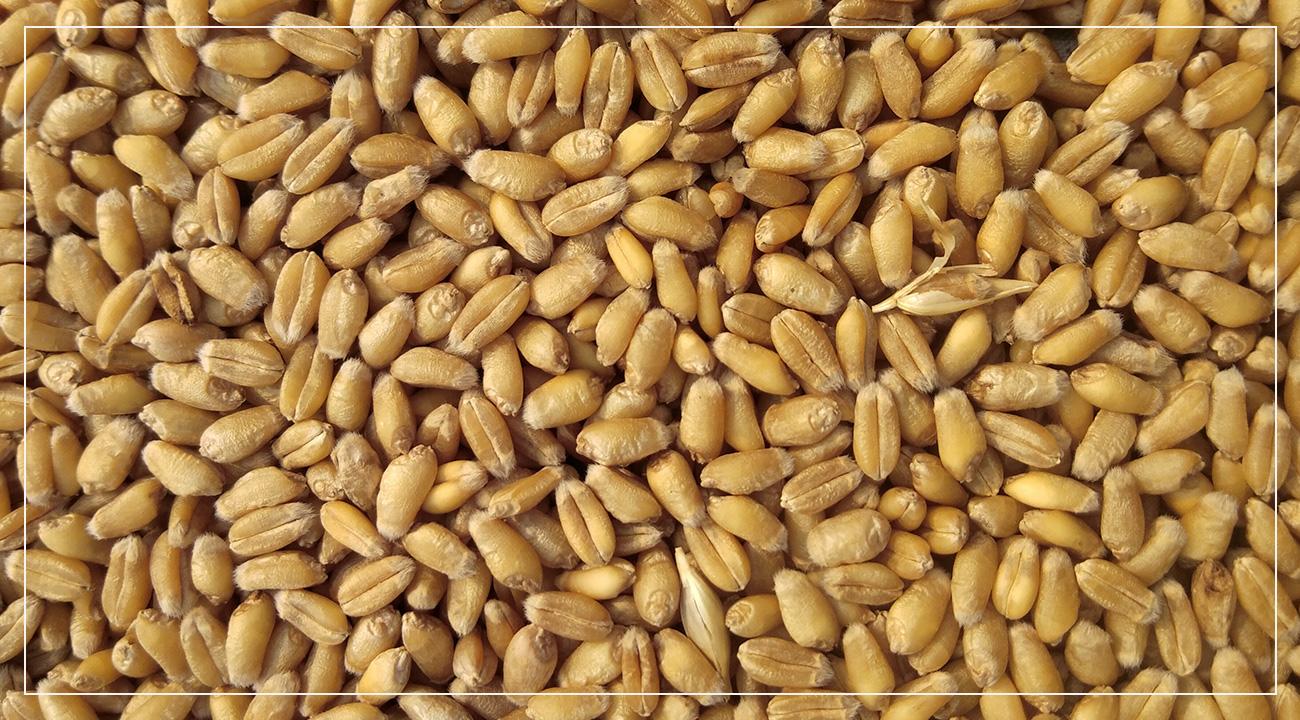
As always, the best way to acclimate to new whiskey is to taste them. Tasting is believing! Cheers!

